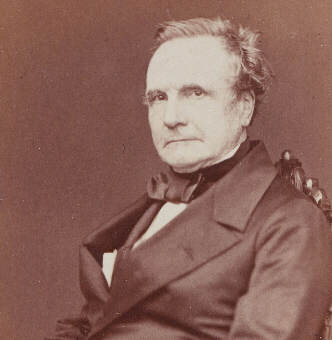The question of material and immaterial labour was the core of today’s lecture, where the questions of exploitation, information and consummation of media were discussed. Basically, the ideas og labour has changed and gained a new perspective in the virtual world. The three cases reflect different approaches to this discussion.
Auction house in Diablo 3
The auction house of the upcoming Diablo 3 will enable players to sell items, crafting materials, and even their characters for in-game gold and real money (RMT). Though Blizzard has always opposed using real money transaction, they have changed their opinion with regards to Diablo 3.
The allowance of real money transaction brings up some thoughts with regards to play and labour. Can players e.g. make a living farming epic items and selling them? And how will that affect their game experience. As soon as it’s no longer about playing the game, will it continue to be fun and enjoyable? I for example have enjoyed making a new homepage for my medieval re-enactment group. Hours of labour have gone into it, but it has been enjoyable and I haven’t seen it as being work. I think it’s because I had the choice of doing it. But as soon as the homepage turns into a task that I must do, it will start being work. One reaches a turning point where you realise that the labour you put into a cause will have to be paid. It’s become work, not fun.
"Their reasoning for finally allowing it, in their own game no less, is twofold: they are able to control the transaction, and they are also able to profit from it. A player will no longer feel the need to go to unreputable websites which may contain malicious software that steals their personal or account information. All of these transactions now take place within the game’s client" (from Diablowiki.net)
 |
| Items listed for in-game money and real money in the auction House in Diablo 3 |
FIFA 2012
When playing FIFA 2012 from Electronic Arts, the player’s personal information and activities are being tracked, collected, and on that basis play time is translated into commodity. This leads on to the question of whether information is material or immaterial. It’s clearly extremely valuable and can be translated into real money, but it’s also just being there and has been lying there for so long. And then some clever companies started realising that it was valuable and started recording it. And this leads us on to whether we, as providers of information to companies, are being exploited. When producing immaterial labour, such as providing valuable information to a company, there is a range of circumstances that differs from people doing material labour. The players cannot create unions, it’s very difficult to set up or alter terms and working condition (cause what are you really doing?) and it’s also very difficult to establish use value and use trade. You as a player are producing amazing amounts of value, but it's really hard to measure just what its worth. But let’s imagine that players did indeed gather in a union and started demanding some kind of refund for playing games and providing a company with information. I reckon that those players would simply be told that they weren’t forced to play the game and that it was really for their own enjoyment. Why should anyone get paid for something that they enjoy?
Mechanical Turk
This mixture of work and enjoyment might be seen on Amazons Mechanical Turk, a site where companies and private persons can offer very small payments for very small and sometimes fun tasks. This could be filling out a survey or playing a game. It’s an interesting mixture of passion and labour, and the Mechanical Turk site is an excellent example of re-thinking the classic work-model that might just be outdated and unfair.
 |
| The "Mechanical Turk" chess machine, excellent at making small, tedious calculations again and again and again... Sounds rather familiar. |

















